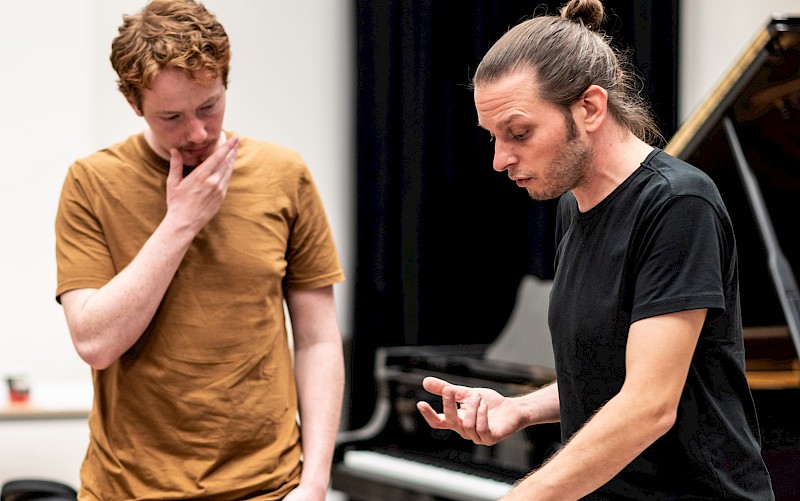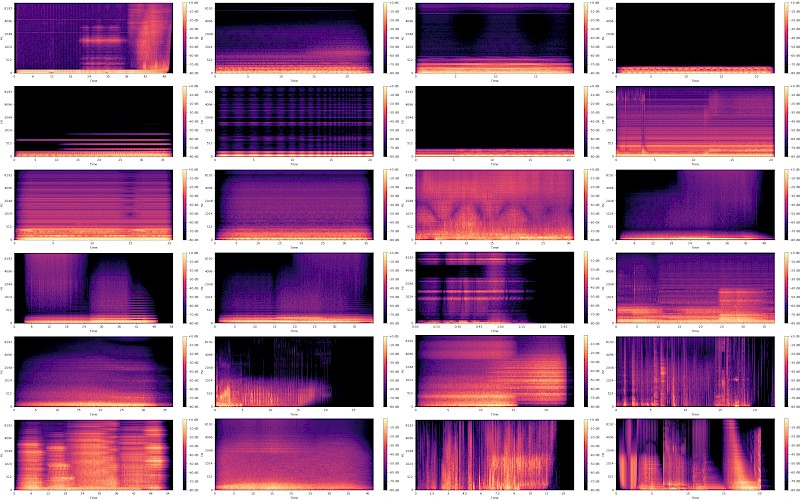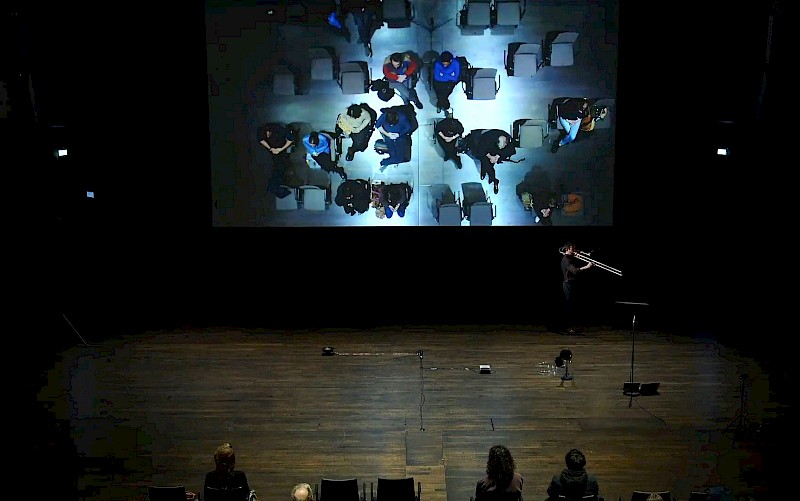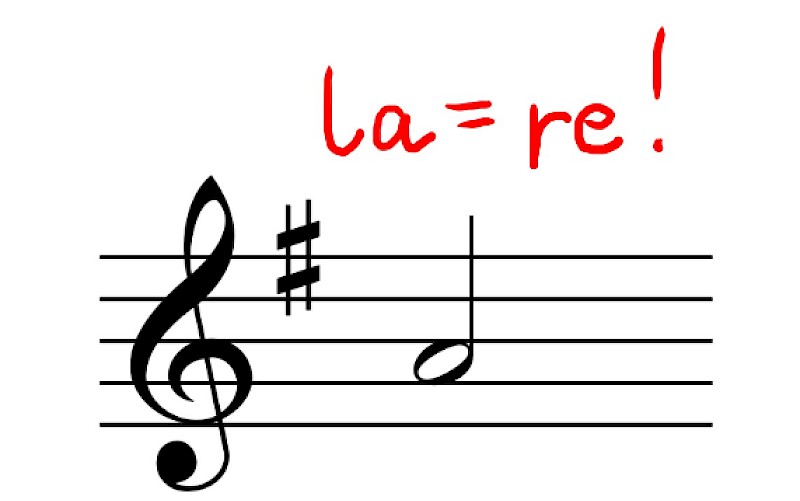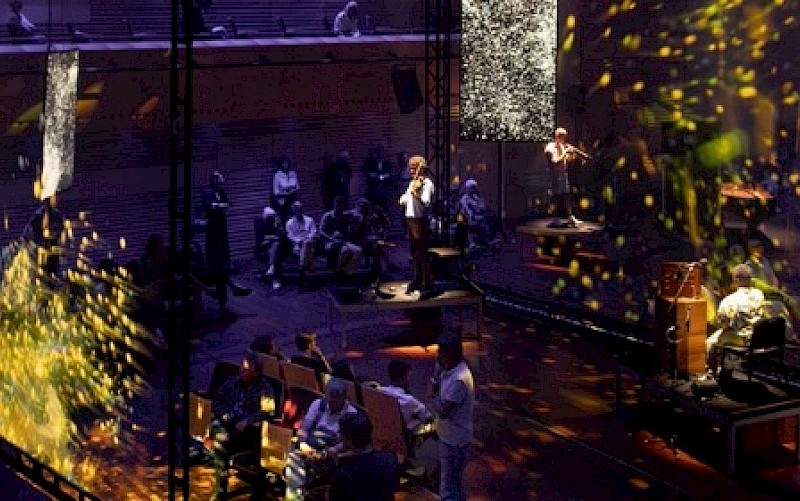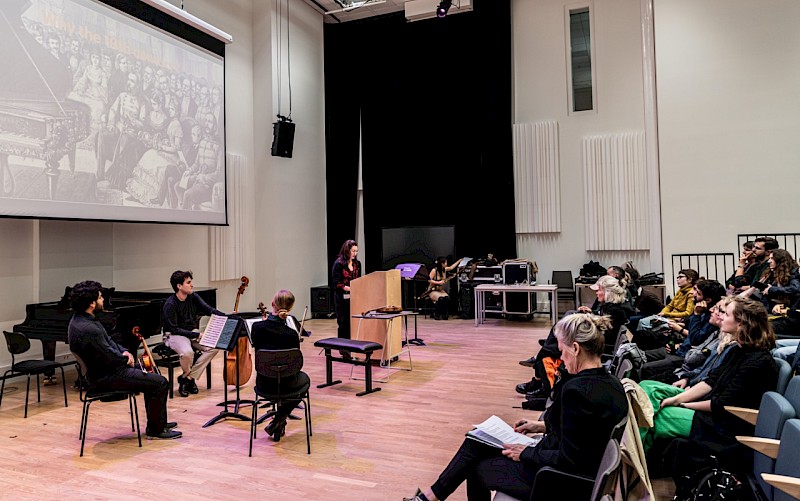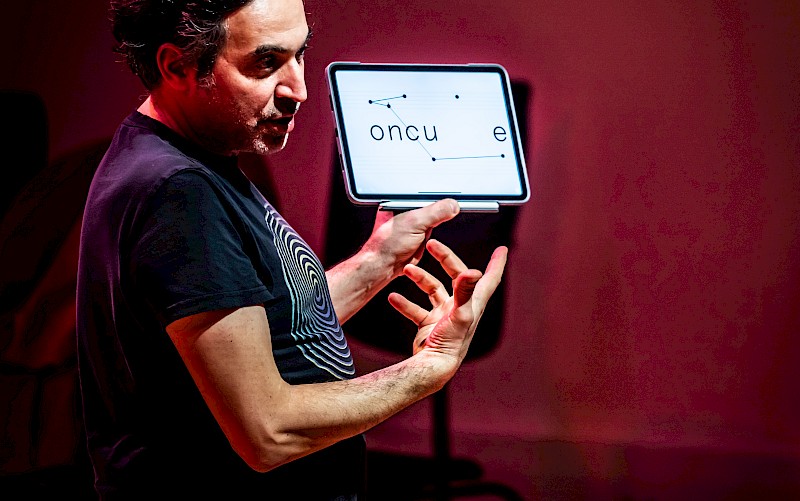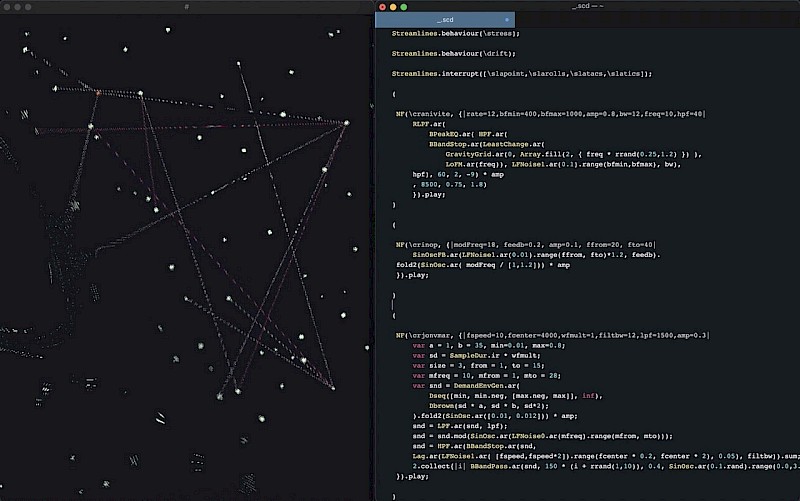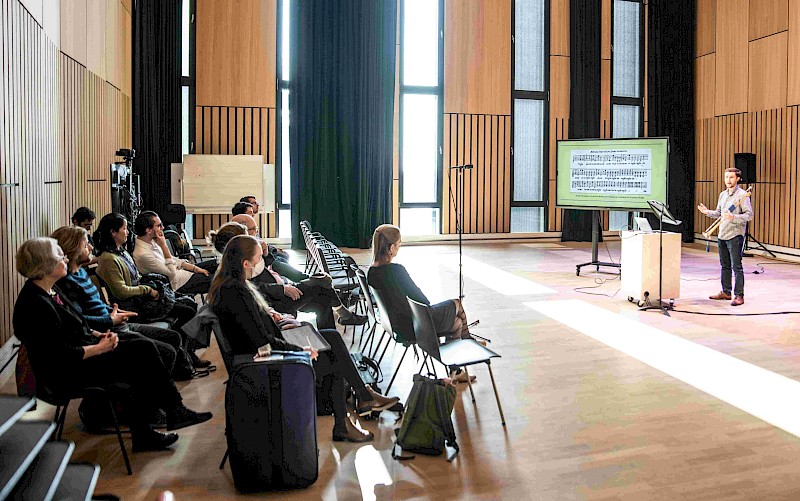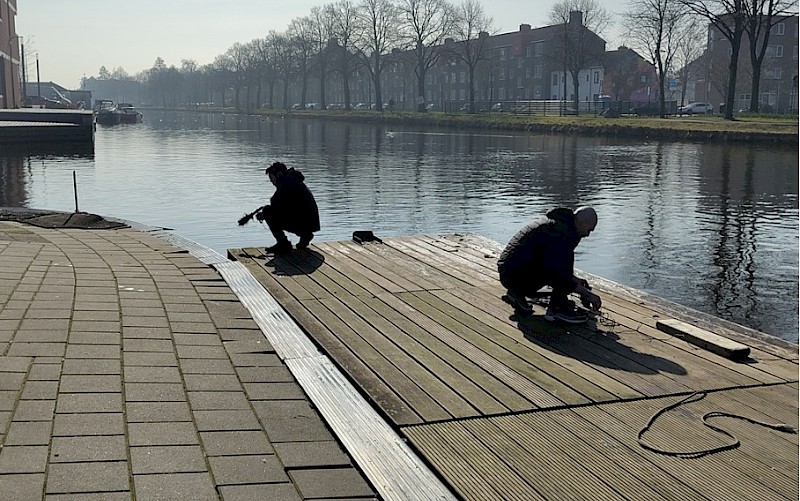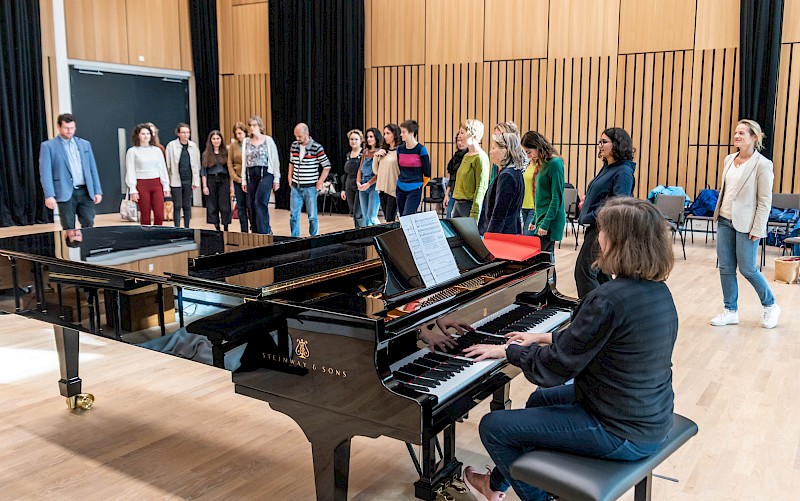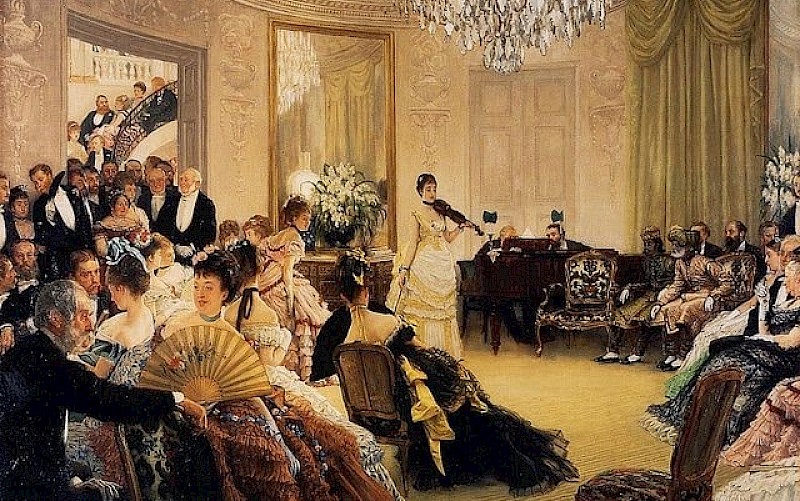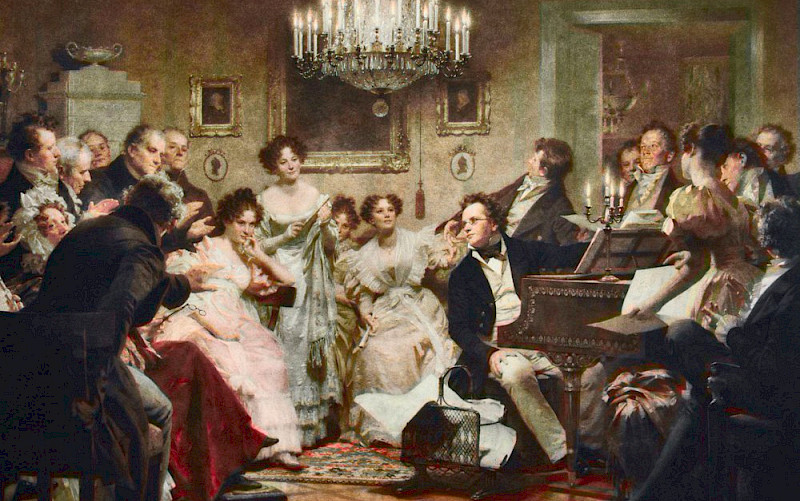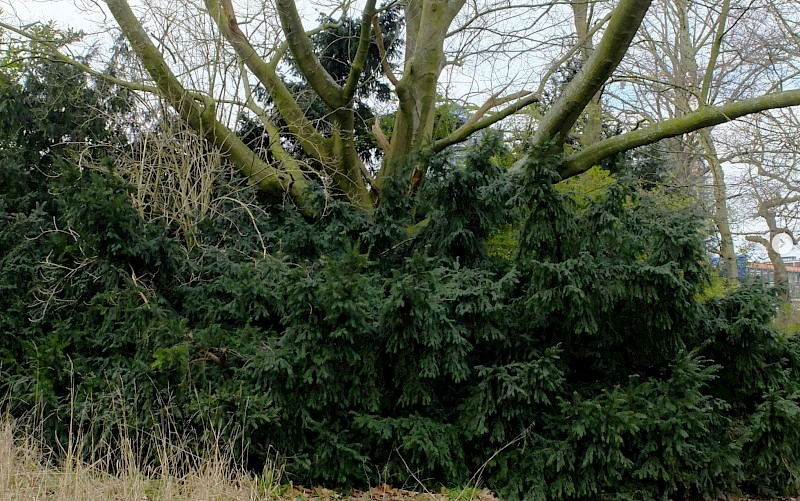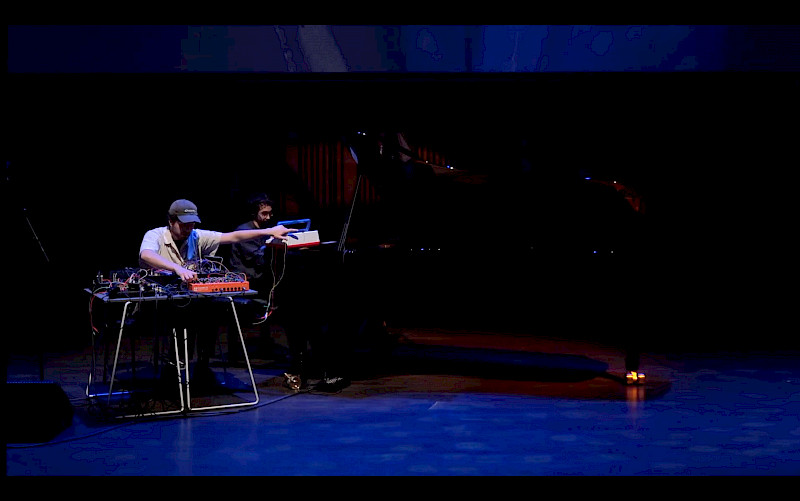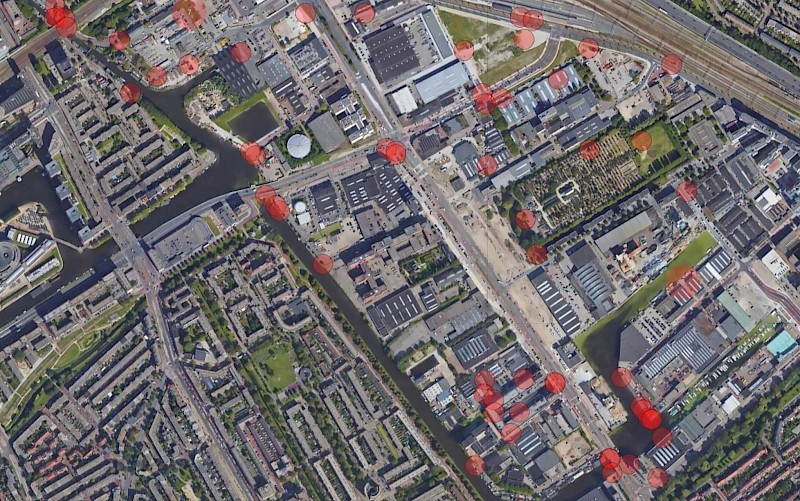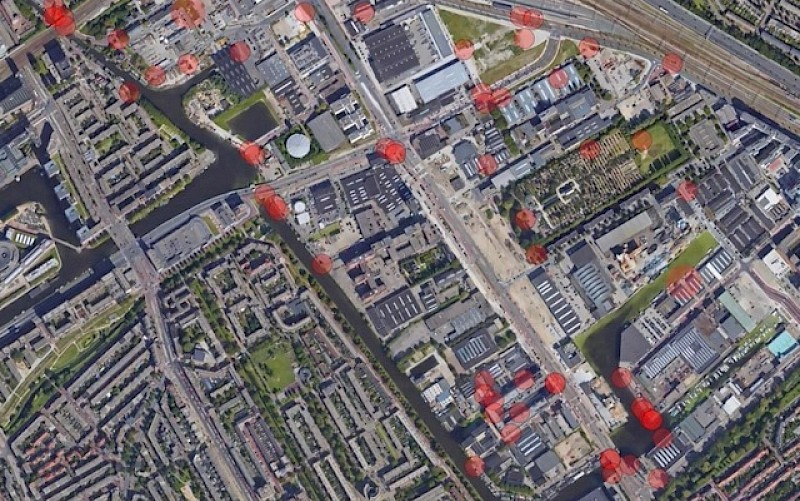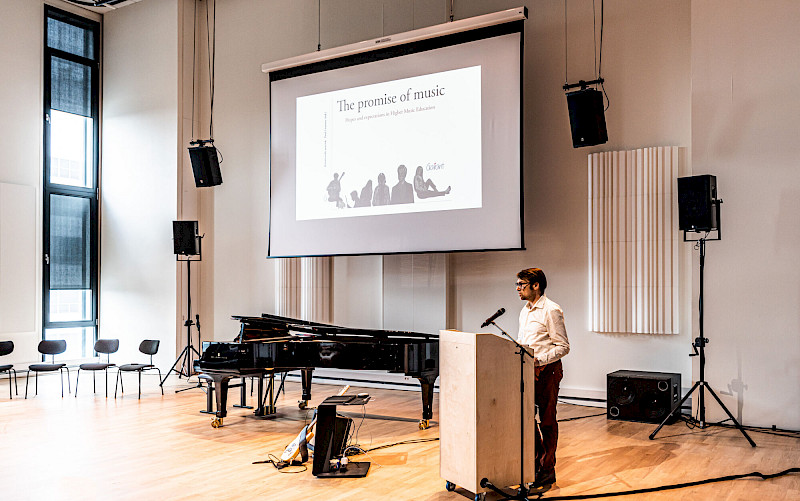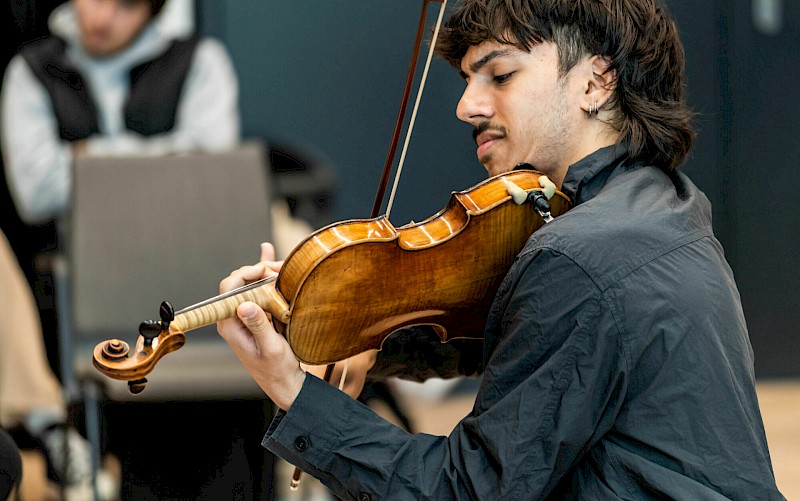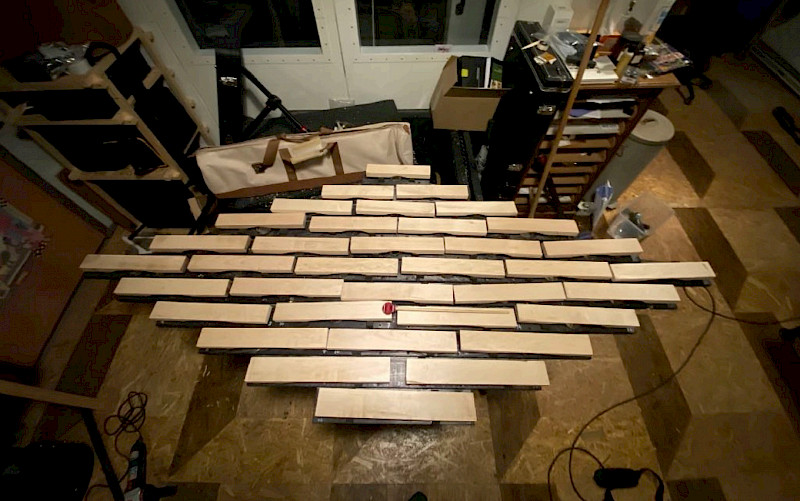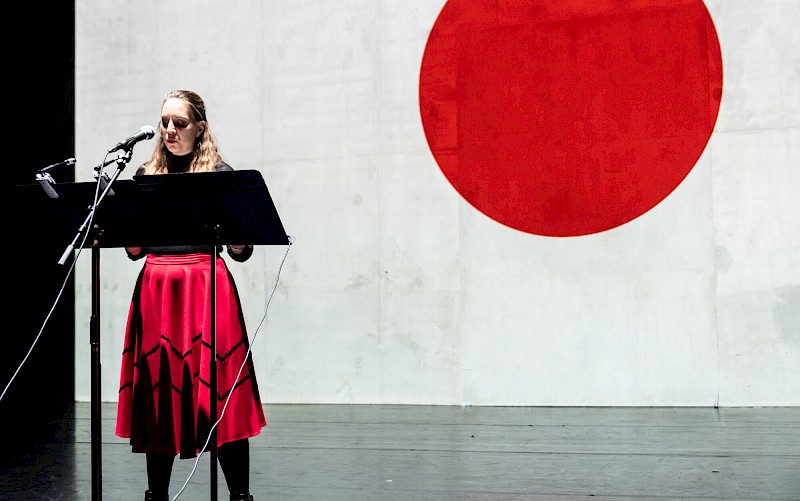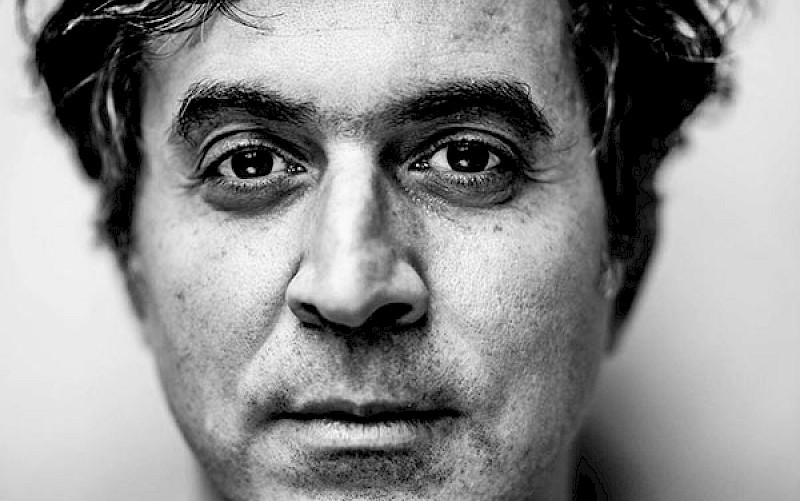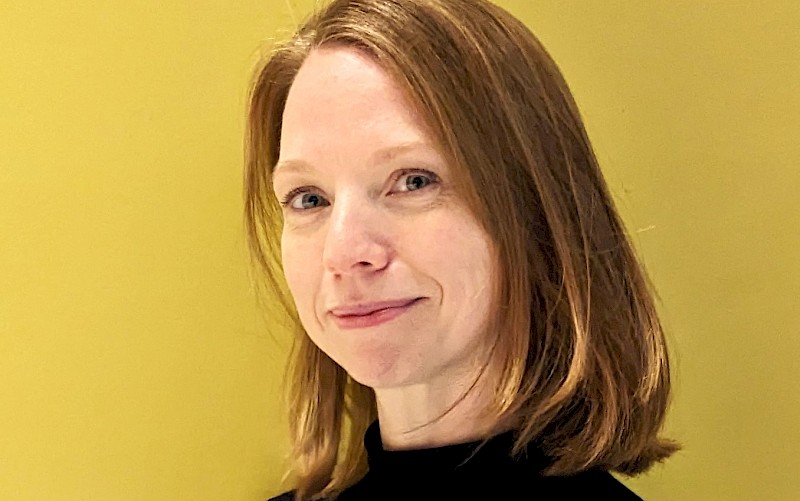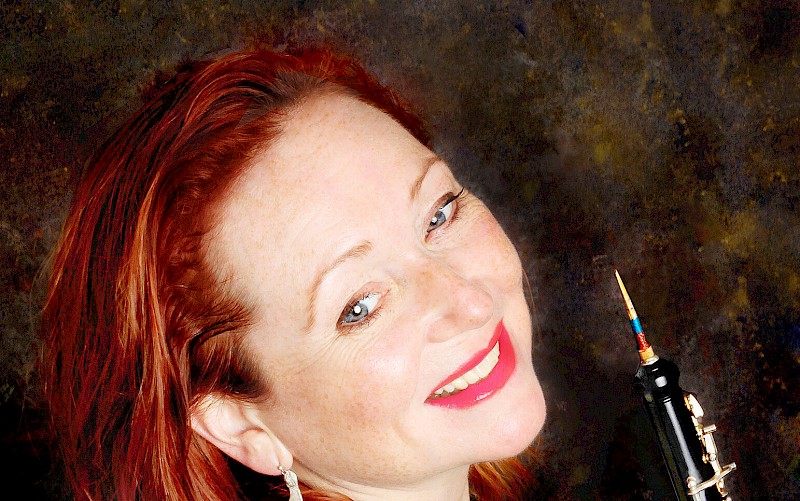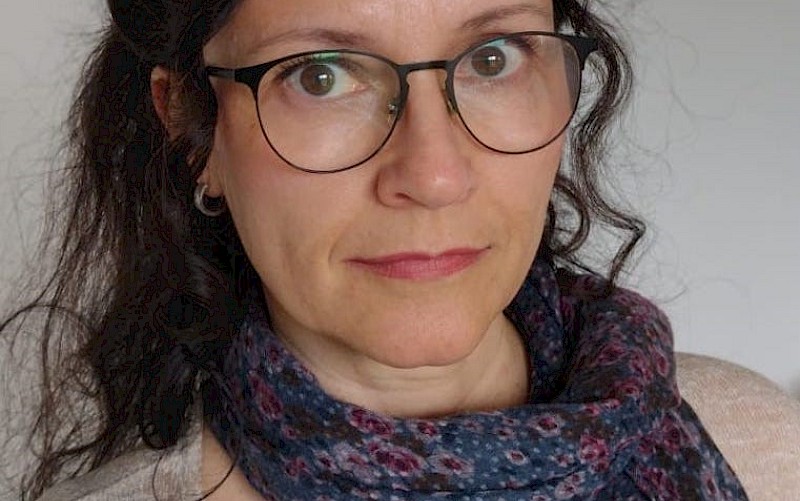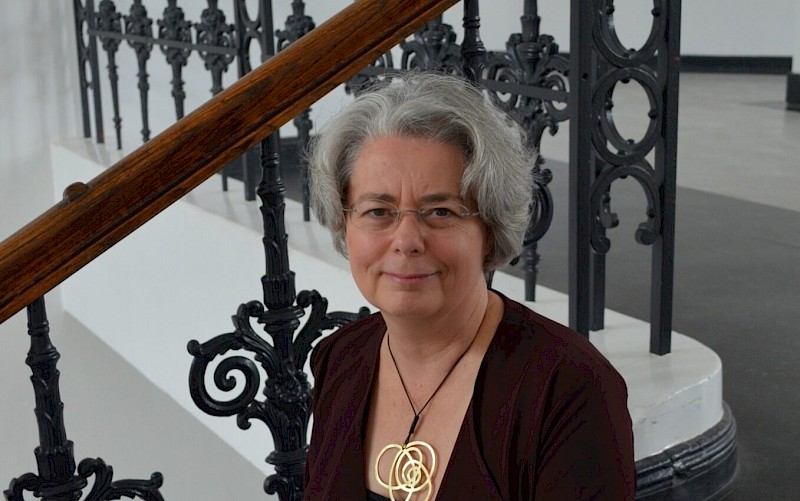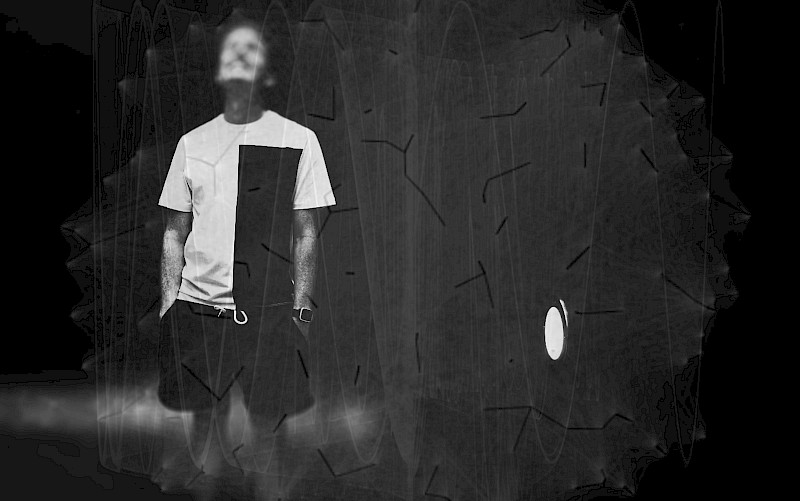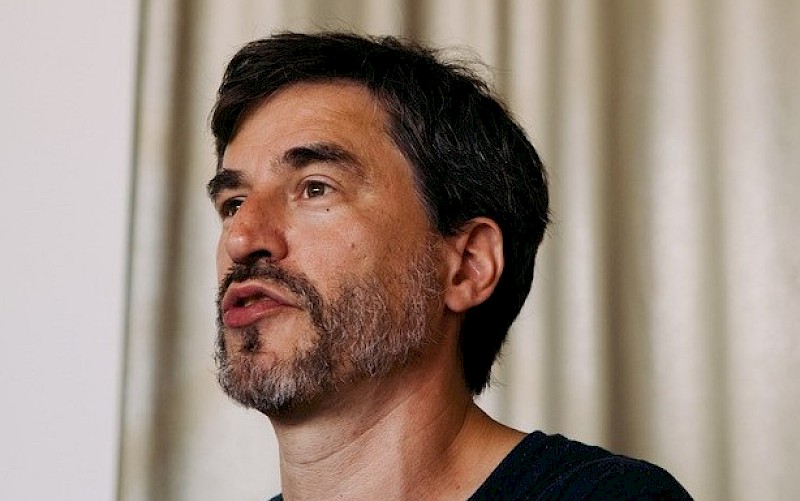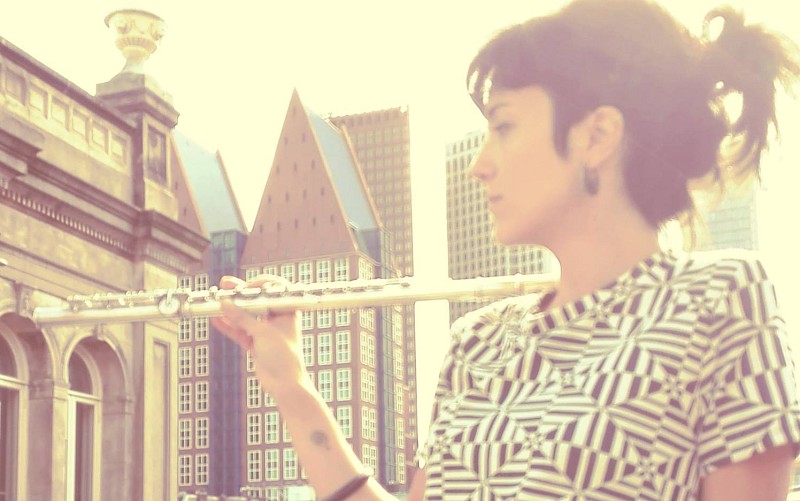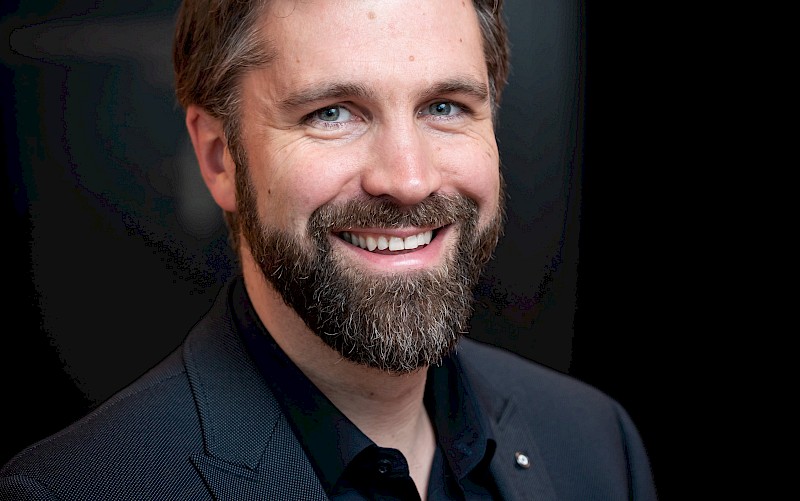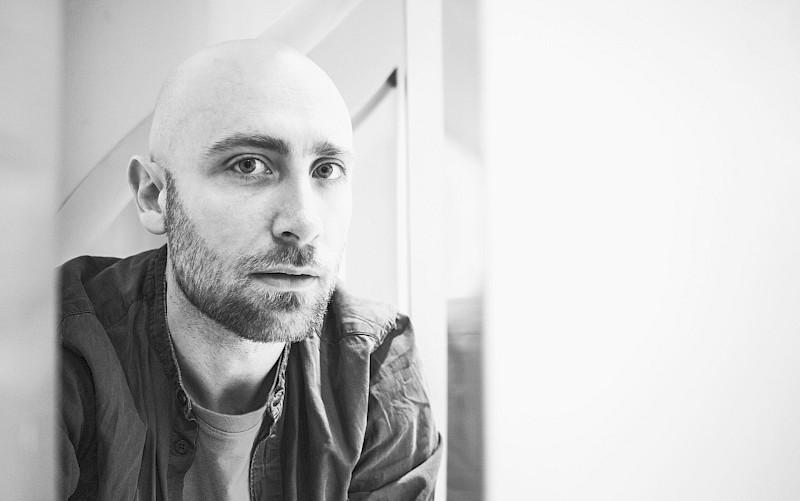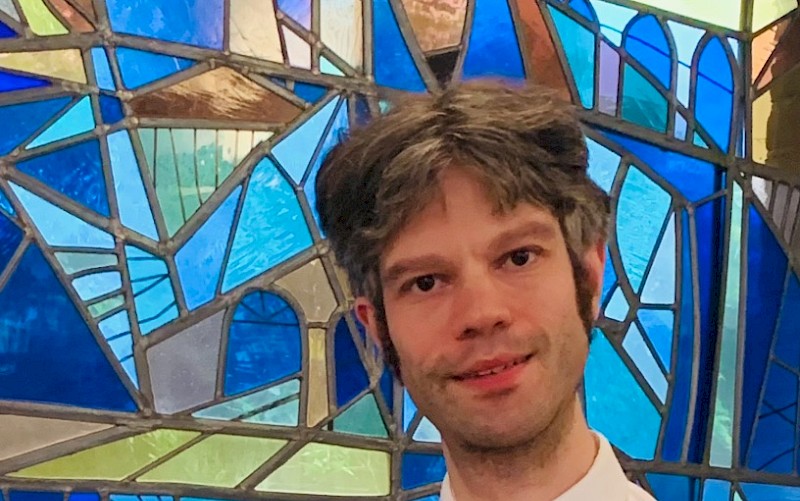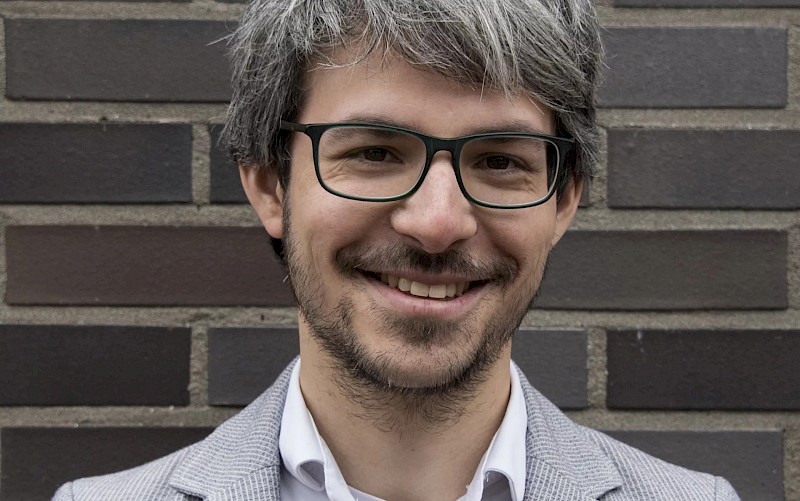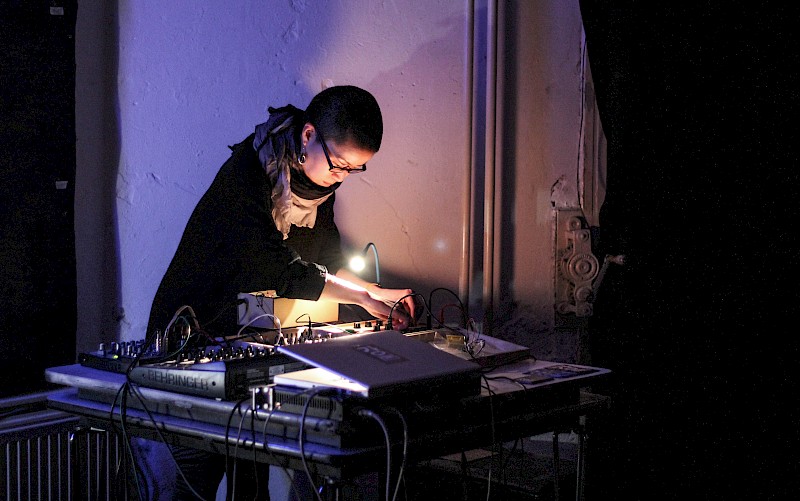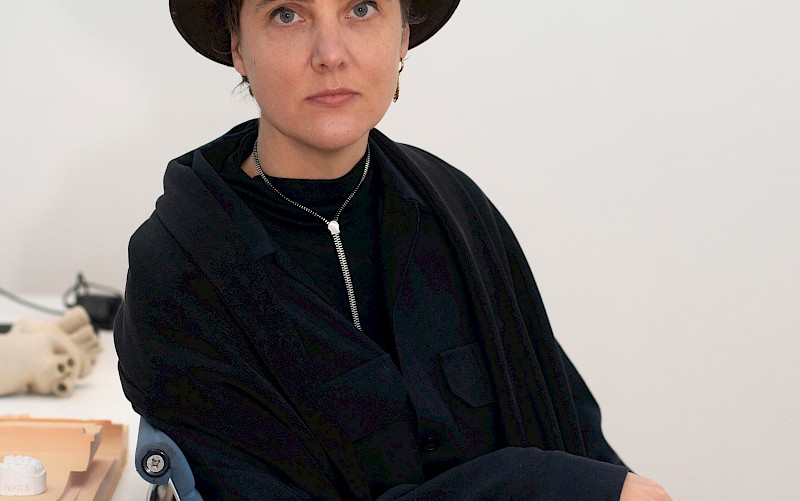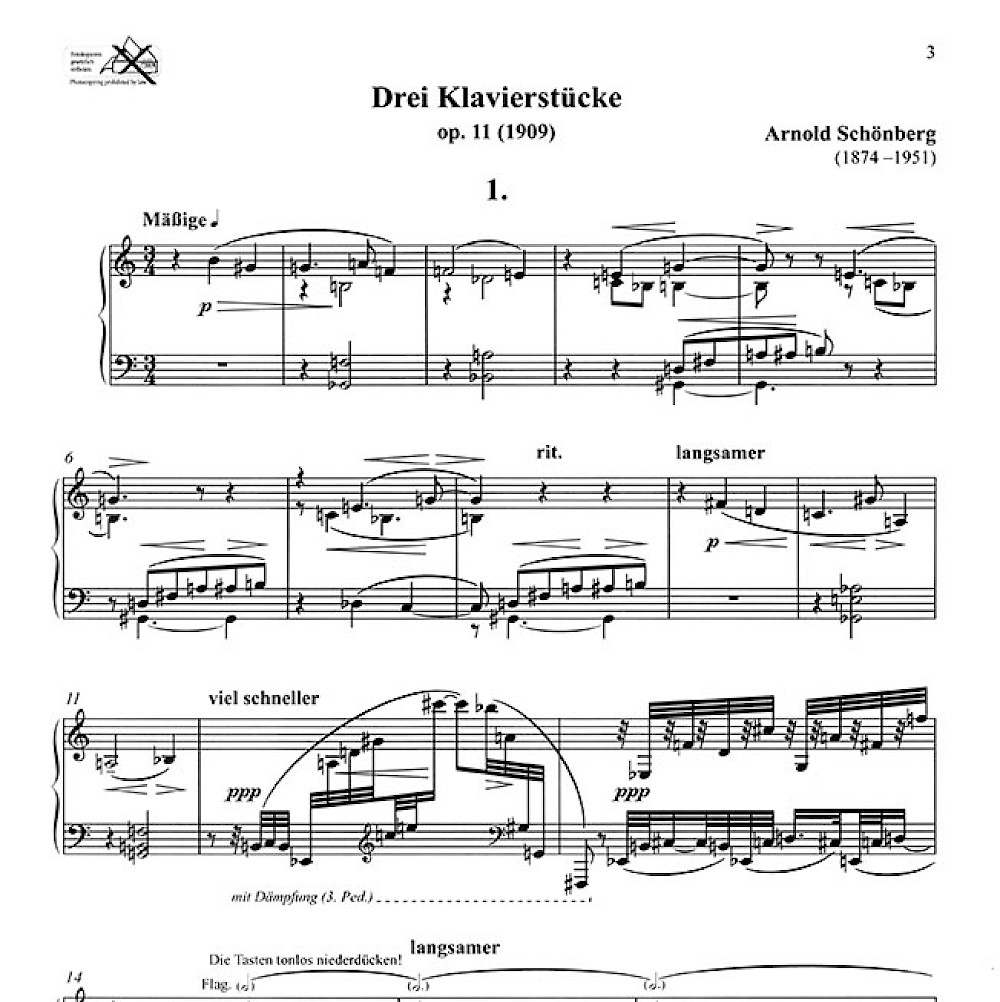
Towards a rhetorical interpretation of Arnold Schoenberg’s Drei Klavierstücke op. 11
Within Arnold Schoenberg’s compositional oeuvre, his piano music occupies only a relatively modest space. It is striking, however, that the composer turned to the piano at important points of transformation in his stylistic development. His Fünf Klavierstücke op. 23 and the Suite für Klavier op. 25 (both composed around 1923), for instance, are the first compositions in which he used his twelve-tone technique. Similarly, the earlier Drei Klavierstücke op. 11 (1909) and the Sechs kleine Klavierstücke op. 19 (1911) mark Schoenberg’s preceding turn to free atonality. It is this latter musically fascinating and historically important turning point that forms the stylistic background of this research project.
Understandably, Schoenberg is nowadays seen as a great innovator of twentieth-century Western art music. Schoenberg and the other composers of the Second Viennese School occupied a central place in Theodor Adorno’s philosophical thinking about music, and after the Second World War, especially Webern’s music was a key influence on the development of serialism by the composers of the Darmstadt circle. From a modernist point of view, Schoenberg’s free atonal (or, as he preferred, ‘pantonal’) music comes across as a ‘not yet’: a preliminary stage in the development towards dodecaphony.
However, even Schoenberg’s music, no matter how innovative or even incomprehensible it may have seemed to contemporaries, appeared in a context. It is well known that the composer himself repeatedly emphasized the connection between his music and the classical tradition, for instance in his famous essay ‘Brahms the Progressive’. Whereas Schoenberg’s analyses of works by Mozart, Beethoven, Brahms, and others in this text are often understood in a formalistic way, close investigation reveals that they can be read differently, namely as tokens of an essentially romantic musical aesthetics. In this respect, the notes in Peter Stadlen’s copy of the score of Anton Webern’s Variationen für Klavier op. 27 (1936), reflecting Webern’s remarks when the pianist worked with the composer, are telling as well: despite the stern, uncompromisingly sparse and highly structured appearance of the composition, Webern’s musical intentions turn out to have been extremely sensitive, passionate, and hyper-romantic. Stadlen published these notes in reaction to the generally very ‘objective’, literal way the music of the Second Viennese School was performed in the 1960s and 1970s, and despite his attempts, little has changed in this respect. In this research project, I will investigate how Schoenberg’s ‘pantonal’ music in particular can be understood in the frame of late-romantic performance traditions by mapping out its musical context. The focus will be on the Drei Klavierstücke op. 11 because they can be considered a classic example of his style: in the formal elasticity of this genre, Schoenberg is believed to have felt the freedom to search for new means of expression.
In my dissertation, I have shown that during the long nineteenth century, music was still considered and concretely experienced as a kind of language. Today, the music-as-a-language metaphor may seem timeworn and debatable – but in a passage in the essay mentioned above, Schoenberg clearly testifies to this inherited view on music. Schoenberg’s argument that ‘[t]he language in which musical ideas are expressed parallels the language which expresses feelings or thoughts in words’ encourages looking for a common ground with post-romantic music – for instance, compositions of Richard Strauss, Max Reger, Sigfrid Karg-Elert, or Alexander Zemlinsky.
I have suggested a musical application of the rhetorical concept *locus communis* as a tool for making explicit this language-character of music, and for connecting score analysis with performance practice. Understood in this way, loci communes are structural musical conventions that are shared between musicians and listeners, such as principles of form and genre, harmonic patterns, and melodic gestures. Loci can be discerned on many levels and are closely connected with musical style. They form a link between the creation of new pieces on the one hand, and the act of score interpretation on the other hand, thus making ‘improvisation’ possible in a twofold sense; interpreting a score means recognizing the loci it contains. Therefore, the guiding question of this research project is: which late nineteenth-century loci can be identified in Schoenberg’s pantonal works?

